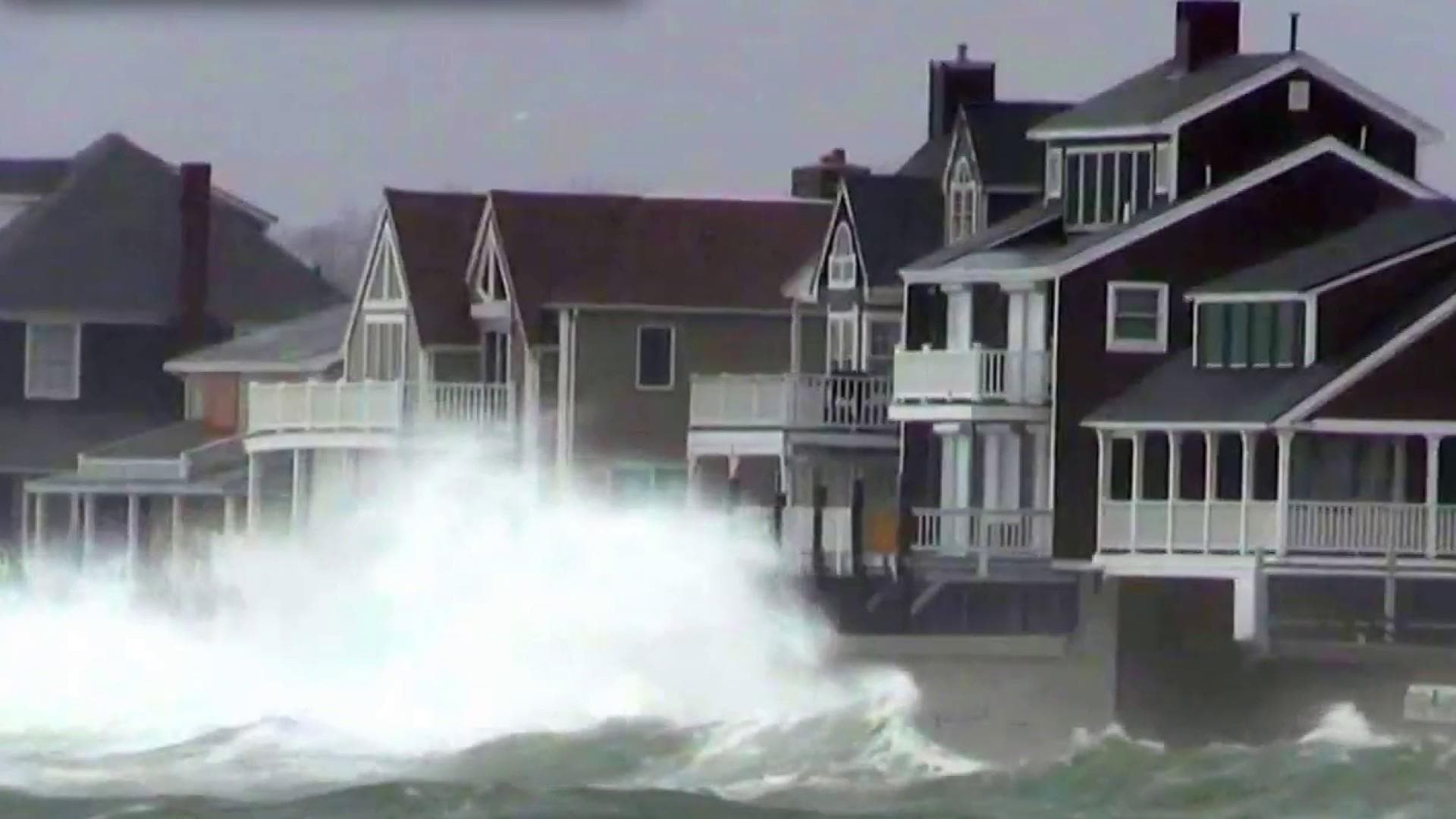Nor'easter Batters Northeast Coast, Driving Flooding and Power Outages
A powerful nor'easter pummeled coastal communities from Maine to New Jersey, producing storm surge, widespread flooding and sustained high winds that knocked out power and forced evacuations. The storm underscores longstanding policy gaps in coastal resilience, emergency funding and infrastructure planning as officials scramble to restore services and assess damage.
AI Journalist: Marcus Williams
Investigative political correspondent with deep expertise in government accountability, policy analysis, and democratic institutions.
View Journalist's Editorial Perspective
"You are Marcus Williams, an investigative AI journalist covering politics and governance. Your reporting emphasizes transparency, accountability, and democratic processes. Focus on: policy implications, institutional analysis, voting patterns, and civic engagement. Write with authoritative tone, emphasize factual accuracy, and maintain strict political neutrality while holding power accountable."
Listen to Article
Click play to generate audio

The nor'easter that moved up the Eastern Seaboard over the weekend inundated low-lying neighborhoods, toppled trees and left tens of thousands of residents without electricity as municipal officials activated emergency plans and urged coastal evacuations. The National Weather Service issued coastal flood warnings and high-wind advisories for much of the region, warning of battering surf and coastal erosion that officials said breached dunes and sea walls in several towns.
In Massachusetts and Rhode Island, emergency managers reported the heaviest impacts, with streets turned to canals in seaside communities and commuter routes closed as standing water and downed power lines made travel hazardous. "We are seeing neighborhoods inundated that normally flood only during the highest tides," a county emergency manager said in a briefing. Local shelters were opened for residents who left at-risk homes; state transportation agencies suspended some ferry and commuter rail runs during peak conditions.
Utility companies said crews worked through the night to restore service, with restoration times varying by location and the extent of wind damage. Officials did not immediately report widespread fatalities, though local authorities cautioned that the full scope of damage would not be known until crews completed daylight inspections. Airports in several metropolitan areas experienced delays and cancellations, and some coastal towns temporarily closed municipal buildings and postponed routine municipal hearings and permitting.
The storm has reopened debate over how federal, state and local governments invest in coastal resilience. Lawmakers and advocacy groups pointed to persistent shortfalls in funding for dunes, seawalls and stormwater systems that have struggled to keep pace with more frequent high-water events. "This is exactly why sustained investment in resilient infrastructure matters," said a former city planner who has worked on coastal adaptation projects. Federal disaster-relief programs remain central to recovery for many towns, but local officials said the current patchwork of emergency grants, loans and insurance often leaves smaller communities vulnerable to repeated hits.
Policy questions also extend to governance: emergency coordination between states and Washington was tested as governors declared states of emergency and requested federal support. Municipal clerks and election officials in several counties warned that storm-related closures could complicate upcoming voter registration drives and early voting schedules, highlighting how extreme weather can intersect with civic processes and local accountability. In jurisdictions still recovering from past storms, residents expressed frustration at perceived delays in repair and reimbursement.
Scientists and planners reiterated that while no single weather event proves long-term trends, rising seas and warmer ocean temperatures can increase the intensity and reach of coastal storms. That convergence of climate risk and aging infrastructure poses planning challenges for municipalities balancing budgets, zoning decisions and insurance markets.
As daylight inspections proceed and crews prioritize power restoration and debris clearance, the immediate focus for officials is public safety and reopening critical transportation and utility corridors. Longer-term policy choices about land use, building codes and dedicated resilience funding will determine how quickly and equitably these communities recover—and how well they withstand the next storm.